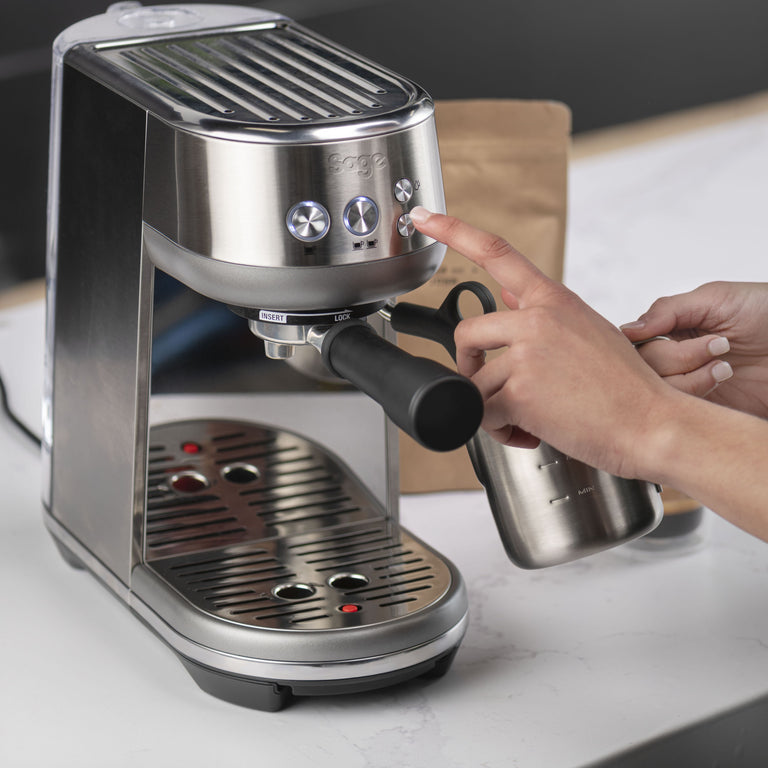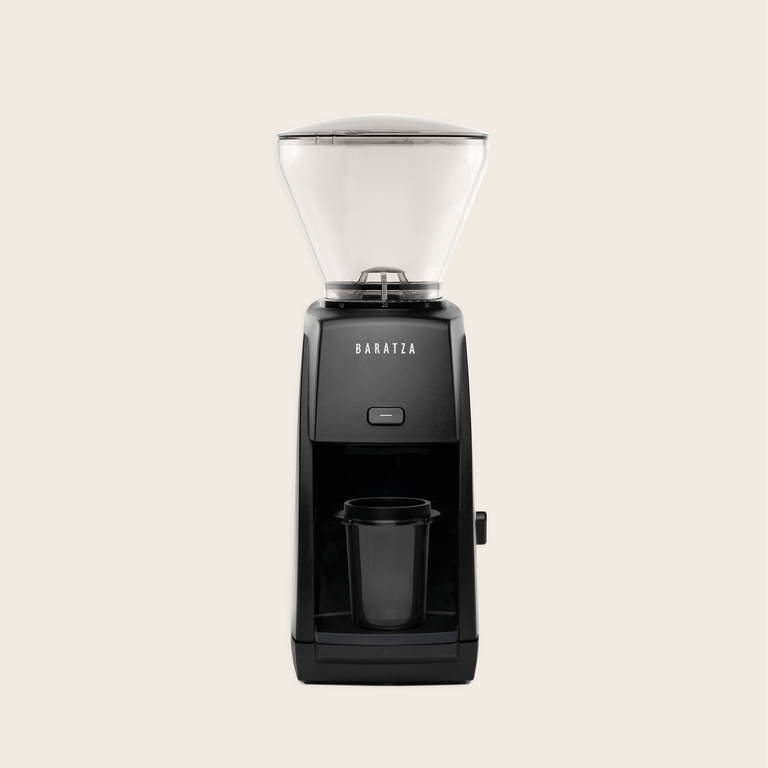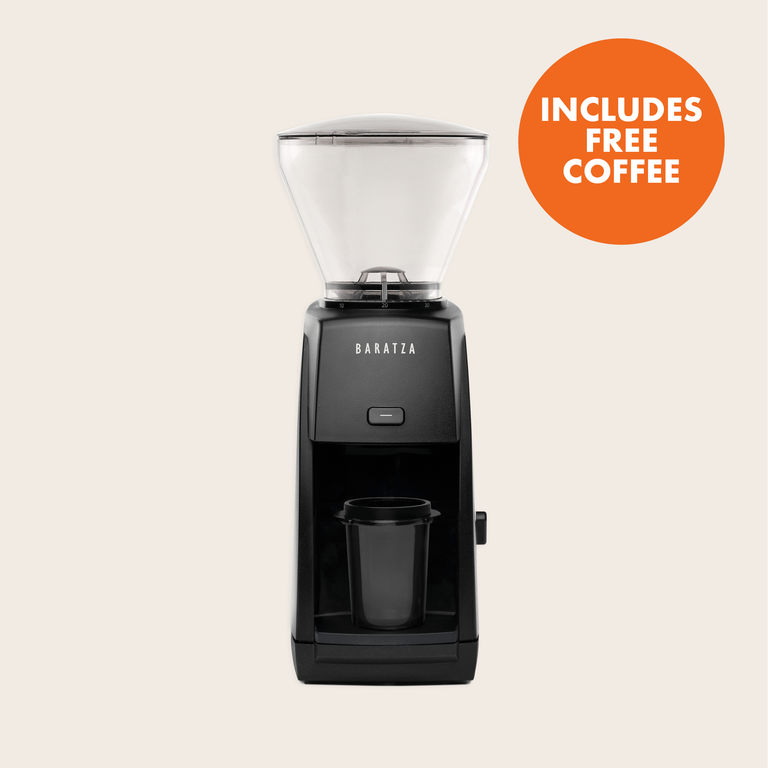Let's talk Robusta. This series is looking at why canephora (robusta and conilon) has been perceived as a lower quality coffee species than arabica and why this is wrong.
An interview with our expert roaster, Nick

Q:Tell us a bit about your background in coffee and why you want to talk about robusta?
A:I began working in the coffee industry as a barista in 2008 and joined the Volcano team in 2013. Since then, I have won the UK Roasting Championship and become one of one hundred coffee Q graders in UK. My experience in the speciality coffee industry has developed my interest in supply chain management and how we can make it more sustainable.
There is a real lack of knowledge around robusta coffee which has led to this coffee species being overlooked or wrongly perceived as lower quality. This gap in understanding is holding back the production of robusta within the speciality coffee industry. In this blog series, I want to tell the true story of robusta to help change its perception as inferior to arabica.

Q: What is the difference between robusta and arabica coffee?
A: So firstly, canephora is a species group of coffee and within this species there are two diverse genetic groups; robusta and conilon. Canephoras have huge genetic diversity and a higher caffeine content than their cousin, arabica.
The flavour profiles of arabica and canephoras can be very different. Canephoras have a stronger body than arabica, with medicinal and heavy chocolate notes compared to the acidic, fruity profile of arabica. It is important to note that post-harvest management has a huge influence on the flavour of coffee. When little attention is taken to processing canephoras they can develop flavours such as leather, smoke and spice (which are less sought after). However, we have seen that when canephoras are well processed, they can have impressive fruity notes such as plum, dates and passionfruit.
Canephoras can yield up to 10 times as many cherries as arabica, and the cherries all ripen at the same rate making it much easier to harvest. The yield and the ease of harvest means volumes can be huge and harvest management can cost a lot less in labour.

Q: Why has Robusta historically been seen as the less superior coffee species? Why is this wrong?
A: Canephora production is very far behind in terms of post-harvest processing because the focus has really only been on volume and yield meaning most robusta consumed is defective and bad. This is a problem of the perception and understanding of canephora rather than the quality.
Historically there is no fermentation phase which means the increased complexity and sweetness is absent. Because high yields have been the focus, the idea has been to have a very rapid turnaround from harvest to export meaning most canephoras are dried at very hot temperatures, creating bitter coffee.
If producers were to implement the basic post-harvest fermentation and drying techniques from arabica, the quality of canephora could be immediately improved and where there is a market for these coffees at higher prices to replace low-quality yet expensive bulk arabicas, then increasing production time is worth doing.
Learn more about how Volcano are using more canephoras in the next episode here.

Learn more about how and why Volcano are starting to use more robusta coffee in the next episode.

























